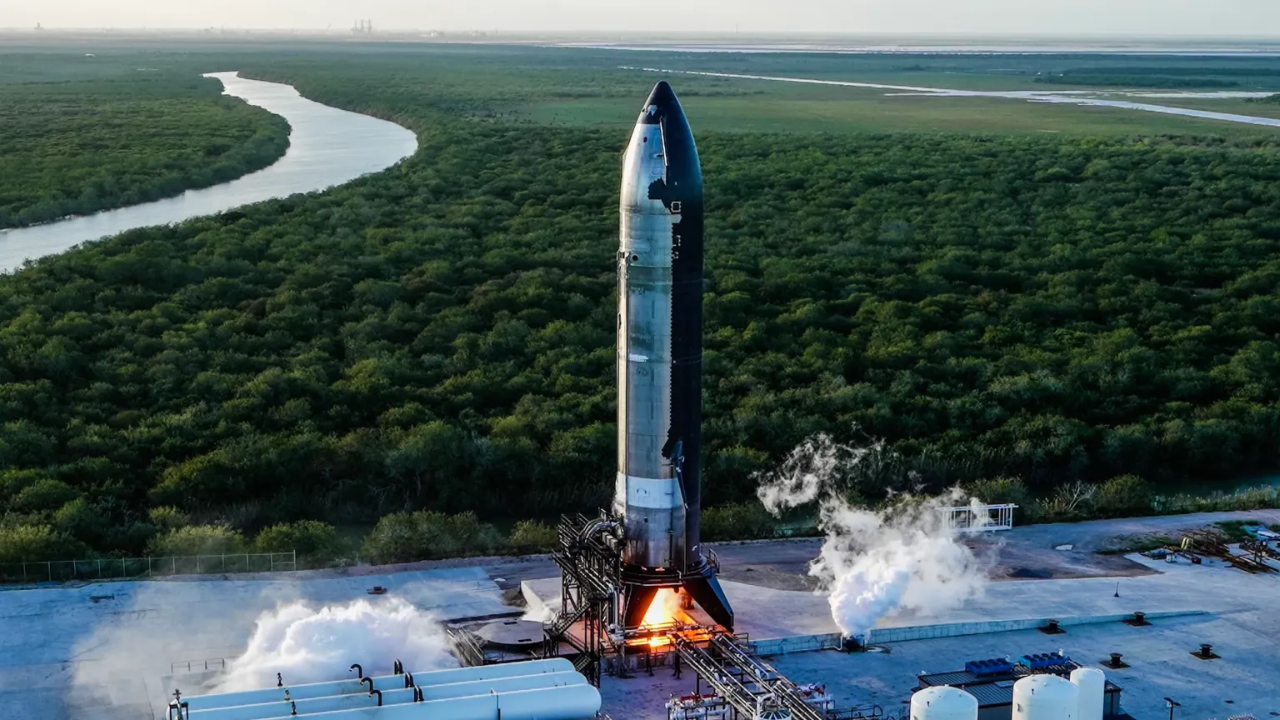As humanity extends its reach beyond Earth's orbit, the need for spacecraft capable of long-duration travel becomes increasingly urgent. Whether aiming to colonize Mars, explore the outer planets, or travel deeper into the cosmos, building vehicles for extended missions is a cornerstone of modern space exploration. Over the past few decades, remarkable strides have been made in space tech and engineering to meet the demands of long-duration travel, but many challenges remain.
The Concept of Long-Duration Travel in Space
Long duration travel refers to space missions that last several months to years. Unlike short-term missions to the Moon or low Earth orbit, these journeys require spacecraft to be fully autonomous, highly durable, and equipped to support human life in isolation from Earth. For instance, a crewed mission to Mars could take over two years round-trip, making it a prime example of the need for spacecraft designed for long-duration travel.
The goals of long-duration travel are both scientific and exploratory. Such missions provide opportunities to study other planets in depth, search for signs of life, test the limits of human endurance, and lay the groundwork for future colonization.

Designing Spacecraft for Long-Duration Travel
The core challenge in long duration travel is designing spacecraft that can remain operational and habitable for extended periods. Engineers must consider numerous factors, including life support, radiation protection, propulsion, communication systems, and energy sources.
Spacecraft designed for long-duration travel incorporate advanced materials to resist radiation, micrometeoroids, and extreme temperatures. These spacecraft are often modular, allowing them to be expanded or repaired in space. Redundant systems are vital for ensuring crew safety and mission success in case of component failure.
NASA’s Orion spacecraft, the European Space Agency’s Gateway habitat, and SpaceX’s Starship are key examples of platforms being engineered for long-duration travel. These spacecraft include state-of-the-art navigation, communication, and shielding systems, tailored to support missions beyond Earth orbit.
The Role of NASA and the Global Space Community
NASA has long been at the forefront of advancing long duration travel capabilities. From the Apollo missions to the ongoing Artemis program, the agency has steadily increased its investment in technologies suited for deep-space missions. Projects such as the Lunar Gateway and Mars transport missions are designed with the ultimate goal of achieving safe and sustainable long-duration travel.

The United States and the United Kingdom, along with international partners, are playing pivotal roles in shaping the future of space travel. Collaborations with private aerospace companies have accelerated the development of commercial spacecraft suitable for long-duration travel, offering new possibilities for government and private missions alike.
Major Challenges in Long-Duration Travel
Despite technological advancements, several challenges still hinder the progress of long duration travel. These include:
- Radiation Exposure: Spacecraft must shield crews from harmful cosmic rays and solar particles, which increase significantly outside Earth’s magnetosphere.
- Life Support and Recycling Systems: Maintaining air, water, and food supplies requires closed-loop systems that can recycle waste effectively during extended missions.
- Psychological Effects: Prolonged isolation and confinement can affect mental health, requiring sophisticated support systems and potentially AI-assisted companions.
- Propulsion Efficiency: Traditional chemical propulsion is insufficient for rapid transit. Research into ion engines and nuclear propulsion could revolutionize long-duration travel.
- Communication Delays: Missions to Mars or beyond involve significant communication lag, necessitating highly autonomous onboard systems.
How Long-Duration Spacecraft Are Built
Building a spacecraft for long duration travel is a complex, multi-phase process involving meticulous planning, simulation, prototyping, and rigorous testing. Teams must evaluate all materials for resistance to space conditions and perform extensive systems integration to ensure seamless operation.

Typically, these spacecraft are built in modules: propulsion units, habitat modules, life support units, and service bays. Once constructed, they are launched in segments and assembled in space or launched as a single unit using heavy-lift rockets like NASA’s SLS or SpaceX’s Starship.
Manufacturing includes extensive use of 3D printing, lightweight composites, and AI-assisted diagnostics, pushing the boundaries of space tech innovation. Engineers use simulations to assess how spacecraft will perform over months or years, ensuring readiness for long duration travel before launch.
The Market and Accessibility: Can You Buy Long-Duration Spacecraft?
As the commercial space industry grows, some private firms are developing spacecraft that could eventually be available for purchase or lease by research organizations or even private individuals. While it is not currently possible to simply buy long-duration spacecraft off the shelf, companies like SpaceX, Blue Origin, and Axiom Space are making strides toward more accessible space travel platforms.
In the future, it may be feasible to buy long-duration spacecraft for private missions, tourism, or research, particularly as costs decline with technological maturity. Investment in this area continues to grow as part of the larger space economy.
Finding Long-Duration Spacecraft News
Staying updated on long duration travel advancements is crucial for researchers, investors, and enthusiasts. Reliable sources include NASA’s official website, ESA and UK Space Agency updates, journals like Acta Astronautica, and space news outlets like Space.com and Ars Technica. Platforms like Twitter, Reddit, and specialized newsletters also offer breaking news on long-duration spacecraft developments.

Regular updates feature breakthroughs in space tech, mission announcements, prototype testing, and international collaborations related to long-duration travel.
Progress and the Future of Long-Duration Space Travel
The outlook for long-duration travel is increasingly optimistic. With global interest, public and private investment, and rapid technological advancement, we are closer than ever to regular interplanetary missions. Concepts such as Mars habitats, asteroid mining, and even deep-space tourism hinge on mastering the science of long duration travel.
Artificial intelligence, nuclear propulsion, in-situ resource utilization (ISRU), and advanced robotics are being integrated into mission planning, ensuring sustainability and safety. NASA’s planned Mars mission in the 2030s and various international lunar missions highlight the growing emphasis on long-duration travel.

Moreover, space agencies and private firms in the US and UK are leading efforts to create infrastructures such as space stations, interplanetary transport vehicles, and orbital refueling depots, all essential for future long duration travel missions.
Conclusion
The journey to the stars depends heavily on our ability to conquer the immense challenges of long-duration travel. From designing robust and efficient spacecraft to maintaining human health in space, every advancement brings us a step closer to turning science fiction into reality.
With NASA, private industry, and international partners aligned in vision, long duration travel is evolving from an ambitious dream to an achievable goal. As we continue to innovate and collaborate, the era of routine long-duration space travel is fast approaching, promising new frontiers for science, exploration, and humanity itself.
Top of Form
Bottom of Form







